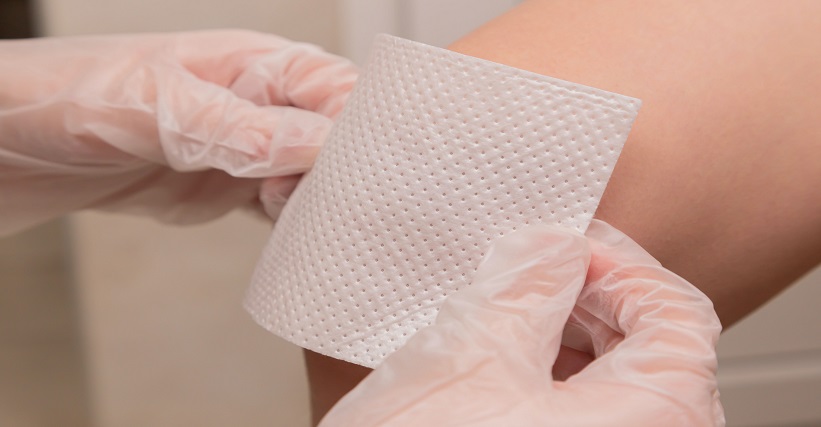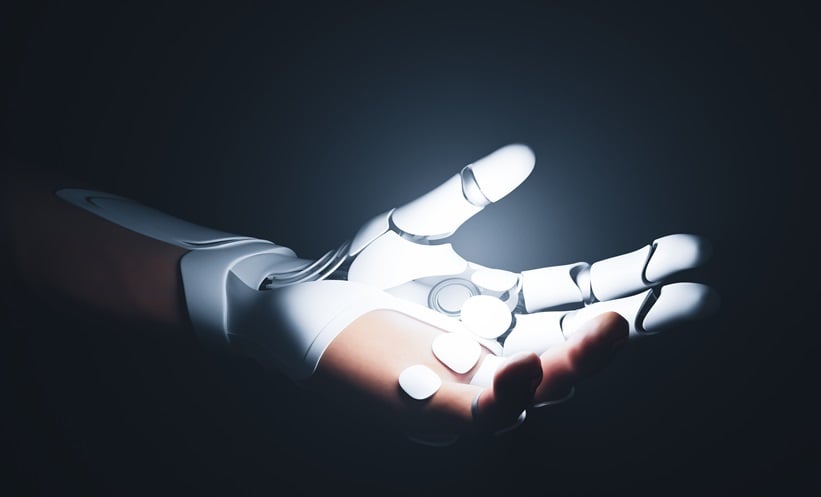A THERMAL-IMAGING tool that was designed to screen for chronic wounds could allow nurses to identify hard-to-heal sores at first assessment in the patient’s home. These new results build on earlier research, which enabled nurses to identify chronic leg sores 2 weeks after assessment. New data shows that this can be done a week earlier. Venous leg ulcers, which are associated with poor vein function, are a common type of chronic wound.
The current approach is to take tracings of the wound size after 4 weeks. This requires physical contact with the wound, which increases the risk of infection, and delays identification of slow-healing wounds. For this study, the researchers collected thermal images from 45 patients with venous leg ulcers. During the healing trajectory, wounds change significantly, and while lower temperatures indicate decreased O2 leading to a slower healing rate, higher temperatures can indicate inflammation or infection. The artificial intelligence-powered system can predict how leg ulcers will heal by analysing thermal images at the first assessment. The innovation is effective for nurses to use during visits at people’s homes, as it is not sensitive to changes in ambient temperature and light, and can be used in tropical environments. By providing information on spatial heat distribution in a wound, the innovative method can predict with 78% accuracy whether the wound will heal without specialised treatment in 12 weeks.
Author Rajna Ogrin, Bolton Clarke Research Institute, Kelvin Grove, Australia, stated: “This method provides a quick, objective, non-invasive way to determine the wound-healing potential of chronic leg wounds that can be used by healthcare providers, irrespective of the setting.” This allows medical professionals to implement specialised treatments such as advanced wound-cleaning therapies, immediately, up to 4 weeks earlier than is currently possible. The next step for the researchers is to adapt this method so that doctors and nurses can have this capability through their mobile phones, and to assess whether the method could be used to predict healing of other wounds, such as diabetes-related foot ulcers.








